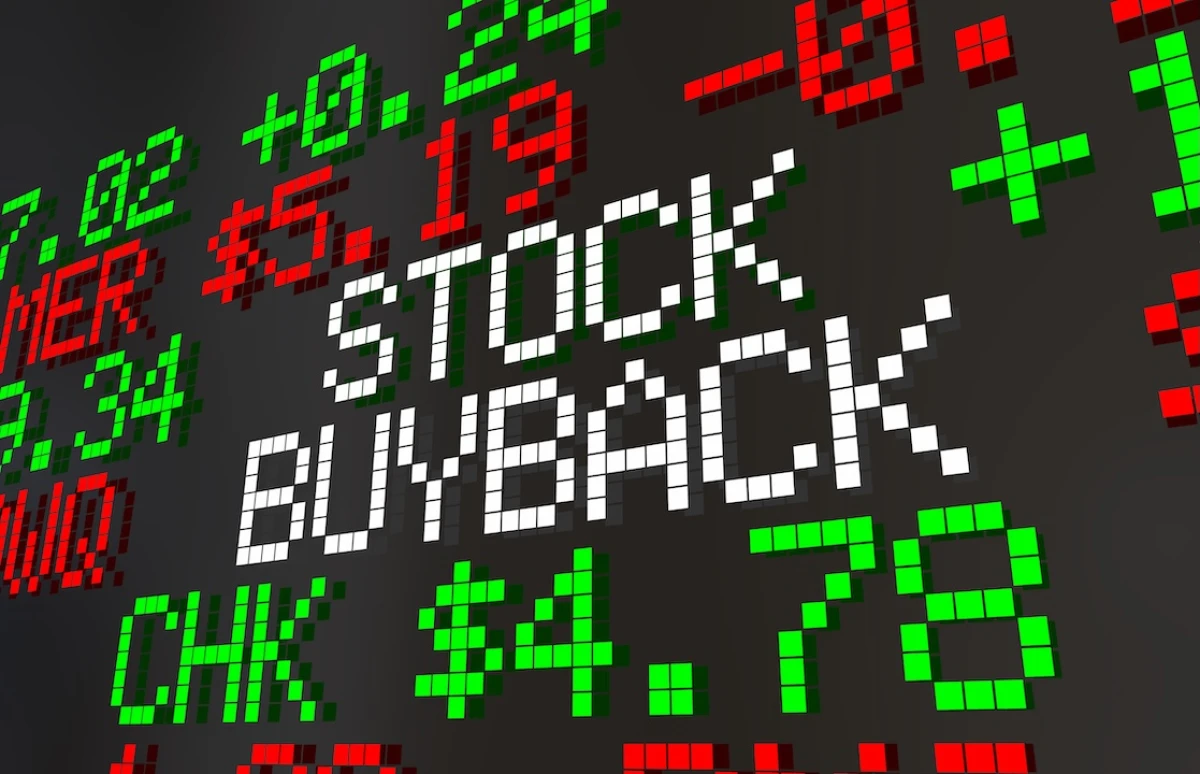1. Introduction: Understanding the Impact of Stock Buybacks on U.S. Corporations
Stock buybacks have become a common practice among U.S. corporations in recent years, with an estimated $1 trillion expected to be repurchased in 2025 alone. This surge in buyback activity has been a key driver behind the market rally, as companies use excess cash to repurchase their own shares. While buybacks can boost stock prices and signal confidence in a company's future, they have also come under scrutiny for potentially reducing investment in long-term growth opportunities. In this blog post, we will explore the impact of buybacks on the market rally and the implications for investors and the broader economy.
2. Overview of U.S. Corporation Stock Buybacks: Statistics and Trends for 2025
In delving deeper into the realm of U.S. corporation stock buybacks, let's examine the statistics and trends shaping the landscape for 2025. As companies gear up to repurchase a staggering $1 trillion of their own shares this year, it's essential to dissect the motivations driving this substantial buyback activity. From analyzing industry sectors showing the most significant buyback momentum to understanding the implications of such practices on shareholder value and market stability, we will explore the nuances of this financial strategy. Stay tuned as we unravel the intricate web of U.S. corporation stock buybacks in 2025 and the ripple effects reverberating through the market landscape.
3. The Mechanics of Stock Buybacks: How They Work and Their Purpose
Stock buybacks, also known as share repurchases, involve a company using its own capital to buy back shares of its outstanding stock from the market. This strategic move effectively reduces the total number of outstanding shares, increasing the ownership stake of existing shareholders and potentially boosting the company's earnings per share (EPS).
The primary objectives of stock buybacks include signaling confidence in the company's future prospects, providing a tax-efficient means of returning excess cash to shareholders, and offsetting dilution from employee stock options or convertible securities. Understanding the mechanics behind stock buybacks is crucial for investors seeking to evaluate the implications of this financial strategy on company performance and market dynamics. Stay informed as we delve into these intricacies in the upcoming sections.
Stay tuned for more insights on the evolving landscape of U.S. corporation stock buybacks in 2025.
4. Analyzing the Market Rally: Correlation Between Buybacks and Stock Prices
As U.S. corporations gear up to repurchase $1 trillion in stock in 2025, investors are keen to understand the impact of this strategy on the market rally. Research indicates a positive correlation between stock buybacks and stock prices, as the reduction in outstanding shares can lead to an increase in earnings per share and shareholder value. However, critics argue that excessive buybacks may artificially inflate stock prices and divert resources from long-term growth initiatives. It is essential for investors to closely monitor how companies balance buybacks with investments in innovation, infrastructure, and workforce development to ensure sustainable value creation. Stay informed as we explore the nuances of this complex relationship in the upcoming blog posts.
5. Benefits of Stock Buybacks for Corporations and Shareholders
Stock buybacks offer several benefits for corporations and shareholders. By reducing the number of outstanding shares, companies can potentially boost earnings per share and enhance shareholder value. Additionally, buybacks signal confidence in the firm's financial health and can attract more investors. Shareholders also stand to benefit from increased stock prices and potential capital gains. Furthermore, buybacks provide companies with a flexible mechanism to efficiently deploy excess capital and return value to shareholders. However, it is imperative for corporations to strike a balance between buybacks and reinvesting in long-term growth strategies to ensure sustained success. In the upcoming blog posts, we will delve deeper into the various implications of stock buybacks on companies and investors. Stay tuned for more insights on this evolving trend.
6. Controversies Surrounding Stock Buybacks: Criticism and Regulatory Perspectives
Stock buybacks, while beneficial for corporations and shareholders, have faced scrutiny and criticism in recent years. Critics argue that buybacks prioritize short-term gains over long-term investments in research, development, employee wages, and infrastructure. Furthermore, concerns have been raised about the potential market manipulation and executive compensation tied to buyback decisions. From a regulatory perspective, there have been calls for increased oversight and transparency regarding buyback programs to ensure they align with the best interests of all stakeholders. In the next blog post, we will explore these controversies surrounding stock buybacks in more detail, shedding light on the key arguments and regulatory considerations in the ongoing debate. Stay informed as we continue to dissect this complex issue.
7. Conclusion: Strategic Implications of Buybacks for Future Corporate Growth
In concluding our discussion on stock buybacks and their strategic implications, it is evident that while buybacks offer immediate benefits for corporations and shareholders, they come with significant long-term risks and criticisms. As companies gear up to repurchase $1 trillion in stock in 2025, it is crucial to consider the balance between short-term gains and long-term sustainable growth. Key factors to address include the need for transparent communication with stakeholders, responsible allocation of resources towards innovation and workforce development, and regulatory oversight to prevent market manipulation. Stay tuned as we delve deeper into the strategic implications of stock buybacks on future corporate growth and sustainability.





0 Comments